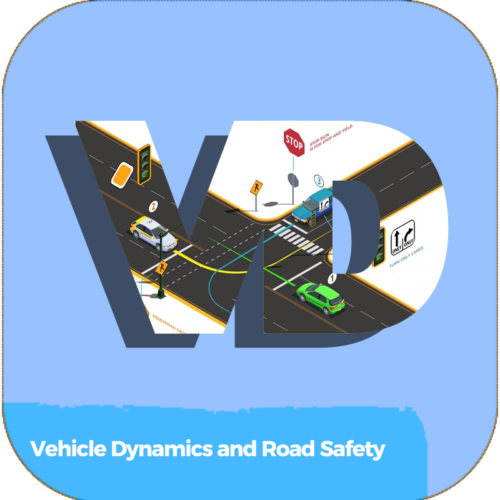Whole Brain Education is a comprehensive designed to help teachers and students reach their maximum potential. It combines neuroscience, research-based strategies, and technology to provide an engaging learning experience for all ages. This course will focus on understanding the core principles of Whole Brain Education including assessment methods, activities, games, and classroom management techniques. Course participants will gain deeper insight into brain development in order to increase student achievement in various areas like academic performance and cognitive functioning. In addition, participants will come away with practical skills that can be applied directly in the classroom setting such as individualized instruction strategies and curriculum design based on the whole brain approach.
Learning Objectives:
- Understand how neuroscience informs instruction
- Learn activities and best practices for utilizing WBE within classrooms
- Explore tools for assessing student progress according to WBE
- Develop lesson plans tailored toward individual needs
- Create environments that foster positive peer relationships
- Integrate technology and the internet of things into the instruction
- Practice classroom management techniques based on Whole Brain Education principles
At the end of this course, participants should have an understanding of how to use neuroscience-based strategies in order to create engaging learning experiences for their students. By signing up for this course, you will have access to a variety of resources that are essential for successful Whole Brain Education implementation.










